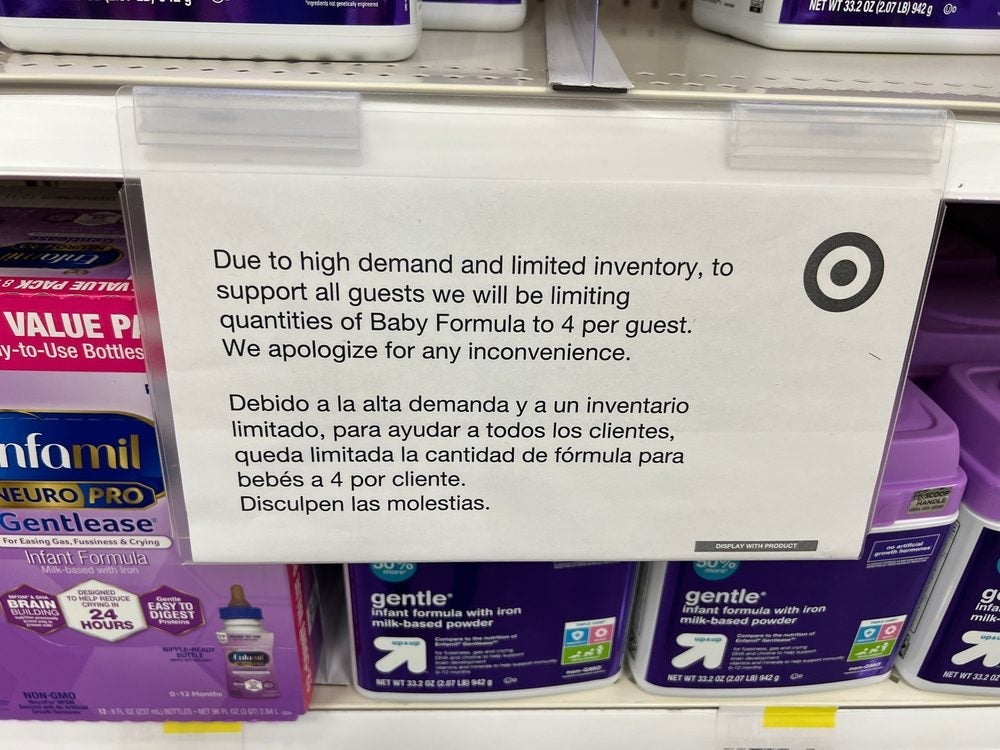You’re a marketer trying to increase the presence of your brand. You’ve hopped on the content marketing train to try and ride the wave and gain some positive attention. You have your content, so now what?
 Content promotion is a highly competitive space, especially on social channels if you are competing against highly established brands that will most certainly outspend you. There are four key elements to consider when developing your content promotion plan.
Content promotion is a highly competitive space, especially on social channels if you are competing against highly established brands that will most certainly outspend you. There are four key elements to consider when developing your content promotion plan.
RULES OF RELEVANCY
Let’s start with the four rules of relevancy.
1. Consumer needs. When piloting a content program, it’s important to remember the content is designed for the consumer, not the brand. Any messages being shared should be centered on the consumer’s needs. This is rule one and the tricky part comes when adding in the three remaining rules of relevancy.
2. Managing the conversation. When promoting content through social channels it’s especially important that you add to the conversation. You must be authentic—don’t try and interject your brand into a space where you can’t be a helpful contributor or create meaningful impact. A brand who didn’t realize they were doing this was Bud Light in 2015 with its execution of #UpForWhatever. It built an entire platform around the message of crazy things happening when you drink Bud Light, and as part of this added to its bottle labels, “The perfect beer for removing ‘no’ from your vocabulary for the night.” The conversation quickly spun out of control and the company was forced to discontinue the offensive labels.
3. Choosing the right platform. Whatever content you are promoting needs to fit the chosen platform. Long gone are the days of cramming TV spots onto Facebook (thankfully) and the same principle applies to content. Know and capitalize on the strengths of the platform; Facebook is great for long-form content especially when taking advantage of Facebook articles. Instagram is ideal for concise story telling and it allows you to focus users’ attention on a compelling piece of information with limited distractions, because users only see one post at a time. Twitter is timely and good for driving traffic back to a site. Pinterest is all about exploration; so make sure this content is helping users to discover new information.
4. Don’t forget the brand. Many projects are so focused on the first three rules that they drift away from the message of the brand. When this happens, of course, the message usually fails to get through. And on top of this, no matter how creative and compelling the content, people’s association of the brand with the content is reduced because the connection isn’t clear.
These four rules should be used as a filter for any idea. When applied, the pay-off is clear. Take for example Pantene’s 2016 Super Bowl campaign. Pantene took its slogan of “strong is beautiful” and created a series of videos around NFL dads bonding with their daughters and demonstrating their signature “dad-dos.” The brand was able to successfully showcase how its products are contributing helpful information to a growing conversation.
MORE THAN TRAFFIC
Now, once you have content that is relevant let’s drive people to it. Many marketers base success purely on traffic volume to a site or a specific piece of content. However, volume means nothing without repeat, serial experiences. Content should be used to establish and strengthen long-term relationships with consumers. When you consider traditional ads it’s an accepted principle that an OOH unit or a TV spot must be seen multiple times in order for the message to be retained (known as ad stock) and for the consumer to be able to recall that message. For content, impressions are important, but it is the serialized content experience that breeds familiarity and generates positive impressions. Consumers have to become familiar with your brand as an information source and eventually they must seek out information from you specifically.
PROMOTION, PROMOTION, PROMOTION
Content promotion is not optional, rather it is imperative to the success of your content. And social media is not free—it may seem that way because there is a massive potential audience, but attention must be earned. That doesn’t mean you can’t have a presence on a platform without paid support, but it does mean that if you want to publish a piece of content and drive actual results you’ll need to pony up for it.
The good news is that social platforms allow you to be highly targeted and efficient with audience selection. For example, consider your consumer, are they a customer or a prospect, what is their age, gender, geographic location, do they like cars, fishing, reading, technology? You can even target people who look like your current audience base (called lookalikes).
Once you have successfully gotten the audience to consume your content, don’t forget about the follow-up. Make sure you track users who visit the site, compile that audience list and send additional, similar content down the line. This tactic in particular will get consumers to that place of recognizing the brand as an information provider, trusting the source and seeking out additional content in the future.
Your investment in content marketing will only work as hard as you do, so go in with a clear vision for your brand. Know your audience and make sure what you’re doing is relevant to them. Then guarantee they see your content and are reminded of it on a regular basis. If you do those things content marketing can yield amazing results for your brand.
Carrie Mahoney is a strategist at Jack Morton Worldwide.
Related articles:
Content Marketing Takes Jet Blue to New Heights
8 Lessons from Brands that Failed at Content Marketing


 Network
Network

